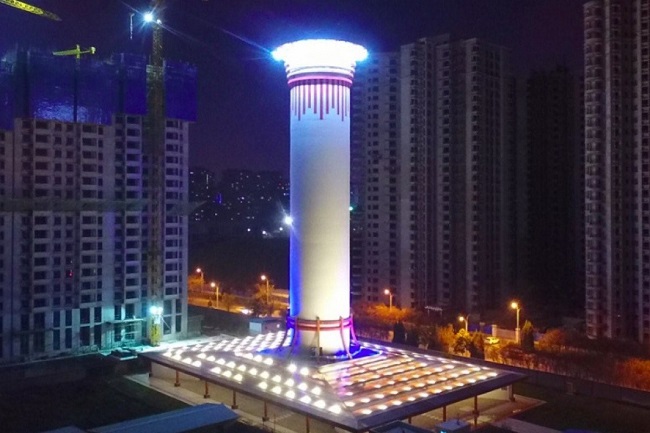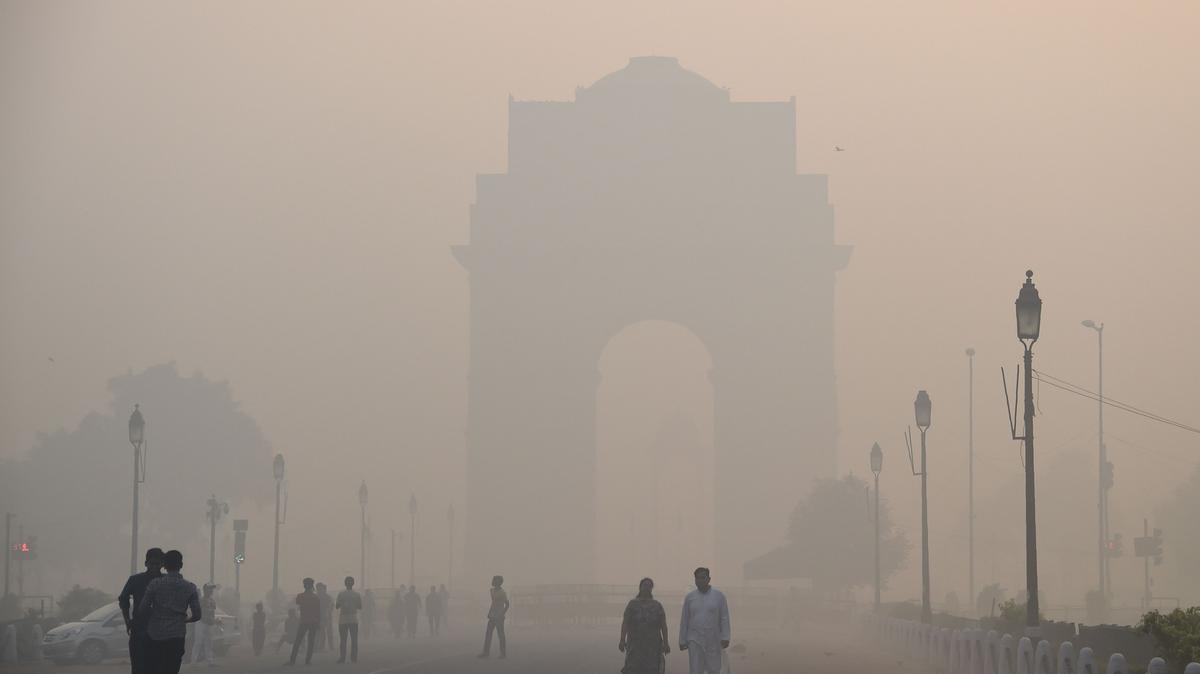The toxic hell of Delhi is an example of inertia and lack of future thinking by the people responsible for the governance of this region. The city has always been polluted, more so in the autumn and winter season when this landlocked region transforms into a poisonous gas chamber. Despite the rising AQI (Air Quality Index) in Delhi every subsequent year to hazardous levels, no concrete intervention has taken place. We have wailed and clamoured and the government put in some half-hearted measures in response that remain ineffective. A pall of gloom has settled permanently over the city with a perpetual grey sky and deadly smoky air. It clears partially but settles back again. An alarming situation but the system to control it seems lackadaisical.
In 1998, through the Environment Pollution (Prevention and Control) Authority (EPCA), some impressive first-generation actions were taken against pollution in Delhi, like converting the total state transport fleet of Delhi to run on Compressed Natural Gas (CNG), along with converting autos and taxis. It was a significant step and a big intervention; however, its impact was lost by the year 2010. An increase in population in the NCR and a massive jump in the number of vehicles to almost 10.9 million in 2018 led to a spurt in emissions.
Despite increased awareness among the people and rulings by the apex court, there seemed to be inertia regarding the deteriorating air quality and any initiative to combat it effectively was lost in passivity. Yes, some monitoring and measuring systems were enhanced but that’s about it.
We have come to a situation where we need to think of directly intervening in the process of clean air creation like China is doing.
In the 1990s, Beijing and Delhi were on the same page with both cities challenged by pollution. Today, Delhi’s pollution levels are touching hazardous levels but Beijing has managed to cut pollution through considerable air management. Beijing’s pollution story is a lesson for any nation, their war-like approach to fight pollution since the 1990s is a model for us to emulate.
If we can spend our national wherewithal for non-productive ventures like tall ornate towers, statues and buildings then we certainly can invest for clean air in the capital city, because millions of people are at health risk. We seem to compete with China in every other way, why not be humble and start following and adopting its exemplary work to curb pollution for the greater good.
What is the Beijing model?
China has taken a leap of faith towards fighting the pollution challenge head-on. Its air purification project is not a passive one; it is active and decisive, and based on 20 years of trial and errors to curb pollution. The government in Beijing set an Action Plan that included specific targets such as restricting the total number of vehicles in Beijing to six million by the end of 2017, reducing coal consumption by 80% by 2020 and meeting annual average PM 2.5 concentration of micrograms per cubic metre (µg/m3) by 2017. In 2016, Beijing’s environmental watchdog imposed fines totalling $21.8 million. Beijing has also undertaken a massive greening programme; over a period of five years, about 4,022 hectares of urban green space was created. The surrounding provinces such as Tianjin, Hebei, Shandong, Shanxi and Inner Mongolia coordinated and implemented a joint action plan to reduce pollution in Beijing. The seriousness with which the Action Plan was executed really paid off for the whole region.
They also promoted new innovations in green technology by going to alternative energy sources and reducing their dependence on coal and fossil fuels. They constantly tried new ideas such as the experimental smog tower of over 100-metre (328 feet) in northern China, said to be the biggest smog tower in the world, which has made a remarkable difference in an area of 10 square kilometres. Lead researcher Cao Junji says the tower is capable of producing more than 10 million cubic metres of clean air per day, adding that on severely polluted days smog is reduced to “moderate levels”.

Smog Tower in China. This smog tower can produce more than 10 million cubic metres of clean air per day.
China has introduced anti-pollution measures across 28 cities. It has also increased its investment in clean energy from $7.5 billion in 2005 to more than $101 billion a decade later. This is in addition to investing $44 billion in overseas clean energy projects, according to the Institute for Energy Economics and Financial Analysis.
China’s air management, particularly in the Beijing-Hebei region, is enhanced by monitoring and evaluation of pollution sources. It is checked through comprehensive legal standards and strict environmental law enforcement. The pollution levels are controlled by direct government actions against non-performing authorities, by economic policies, public participation and good co-ordination by all agencies.
India needs to have an action plan in place that incorporates ‘sharp teeth’ in the legislation against polluting entities, measures and time-bound plans to make the capital region smog-free, construction of large smog towers and greening large patches within the city. Joint coordination between neighbouring states and Delhi is a must to combat pollution because cities are not sealed boxes and turbulence in the city air is affected by pollutants emitted by nearby regions. Blame games are passé; we need strict pollution laws and fines to deter the polluting sources.
The best way forward is to look for a successful template and execute it without delays. We have to declare war against pollution the Beijing way.

